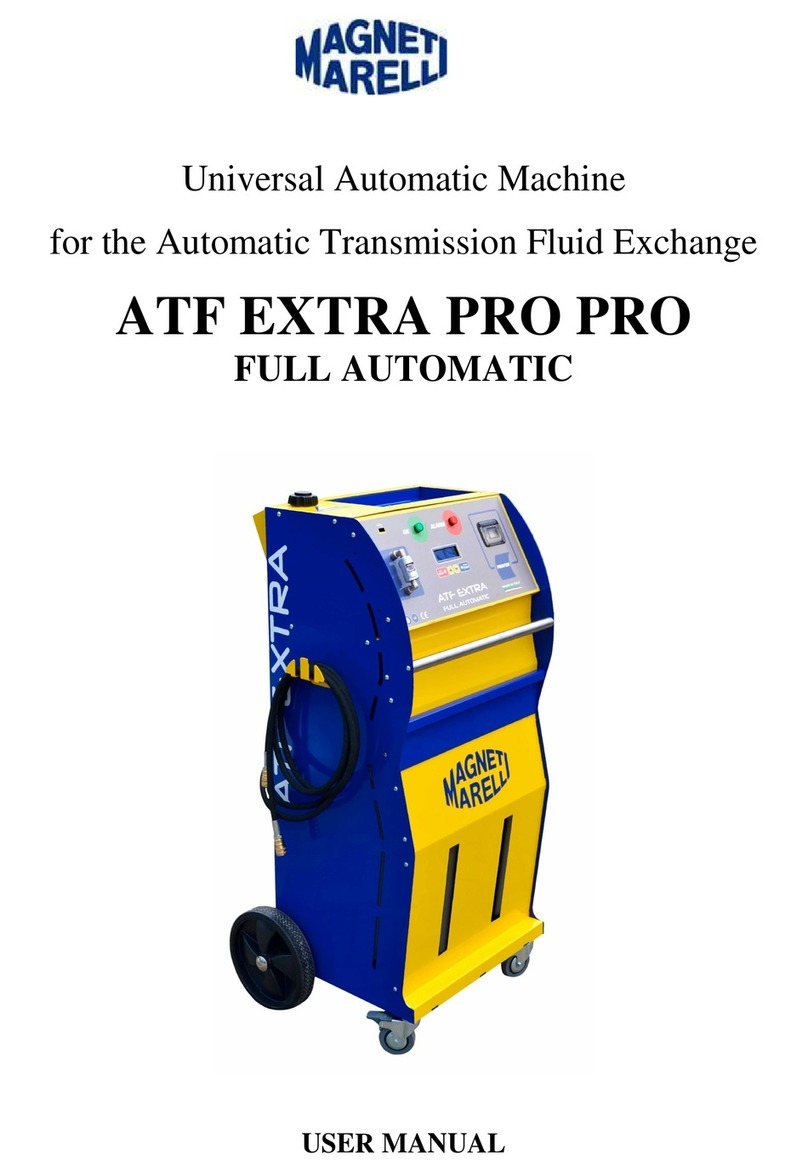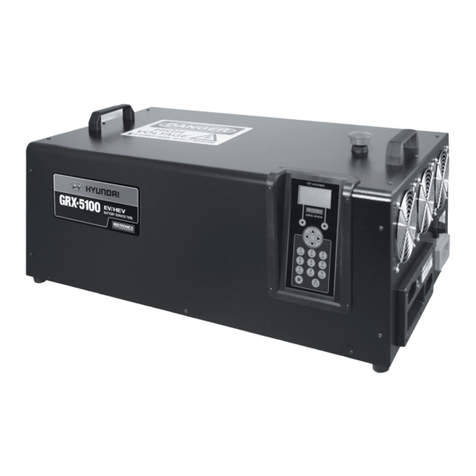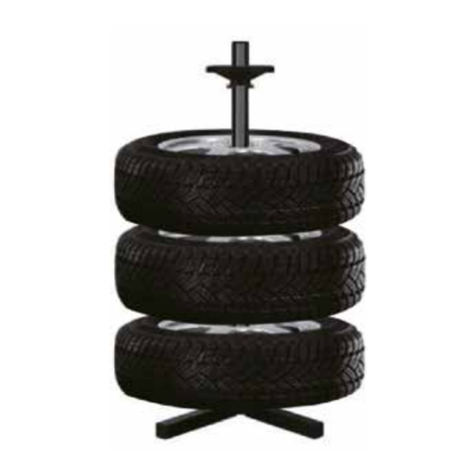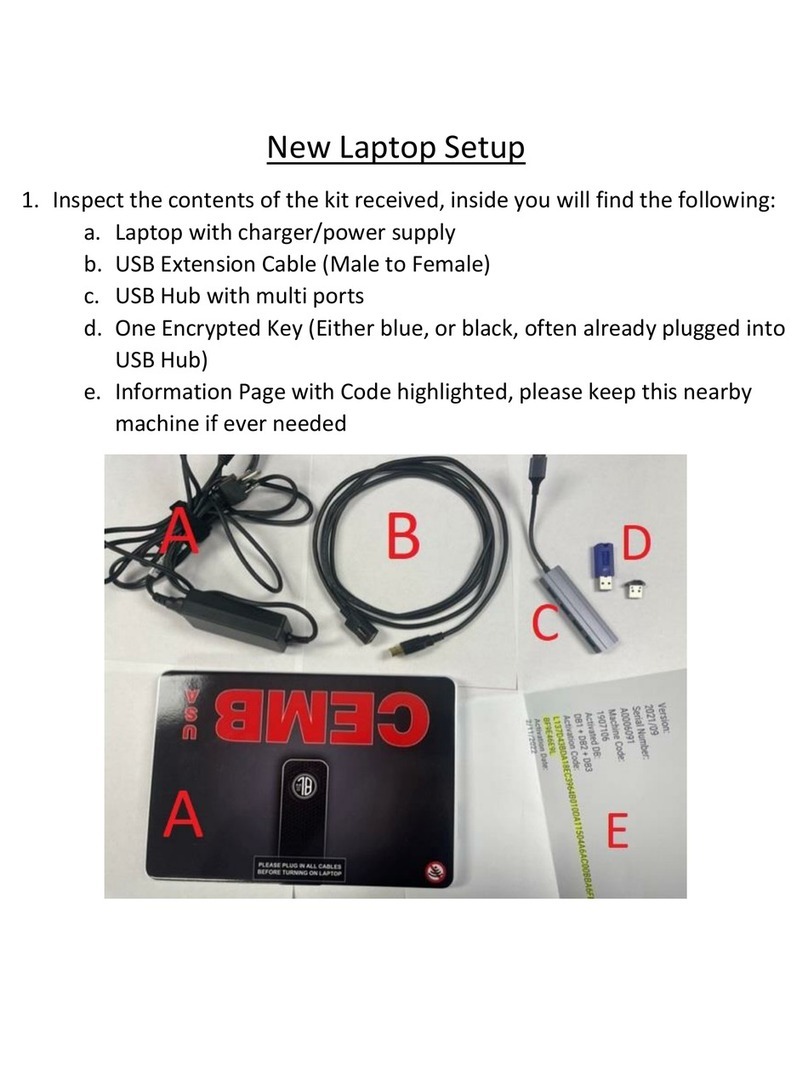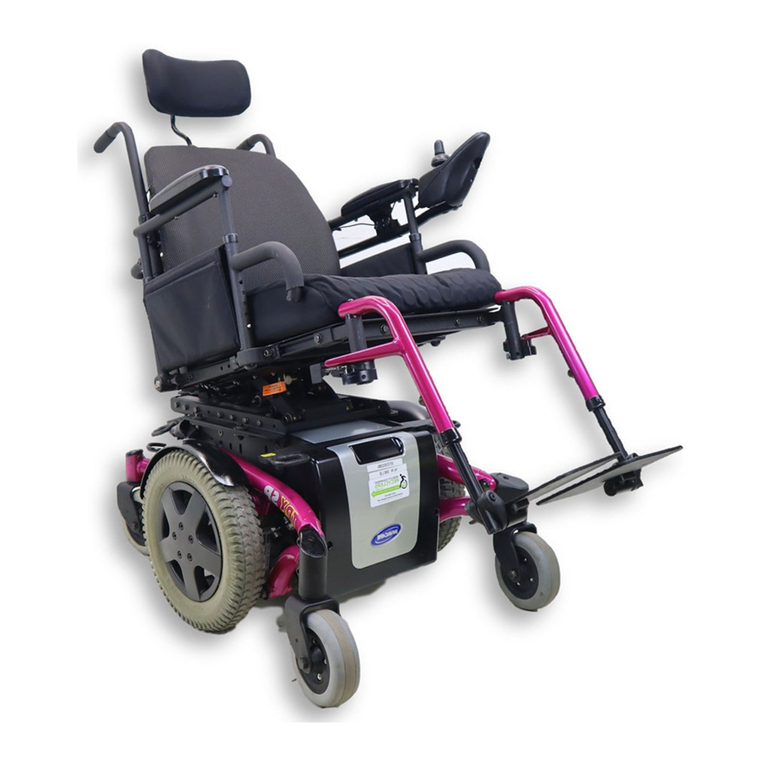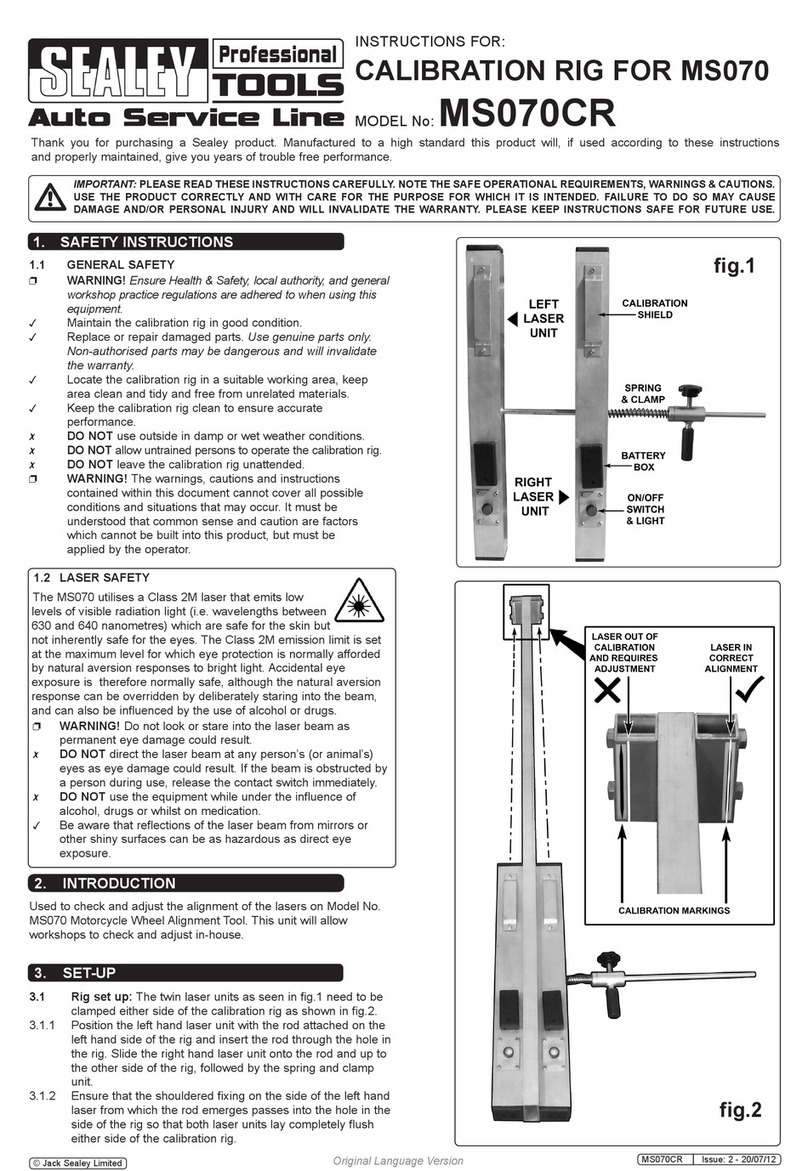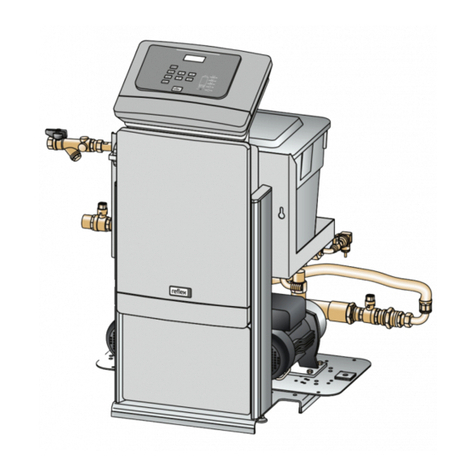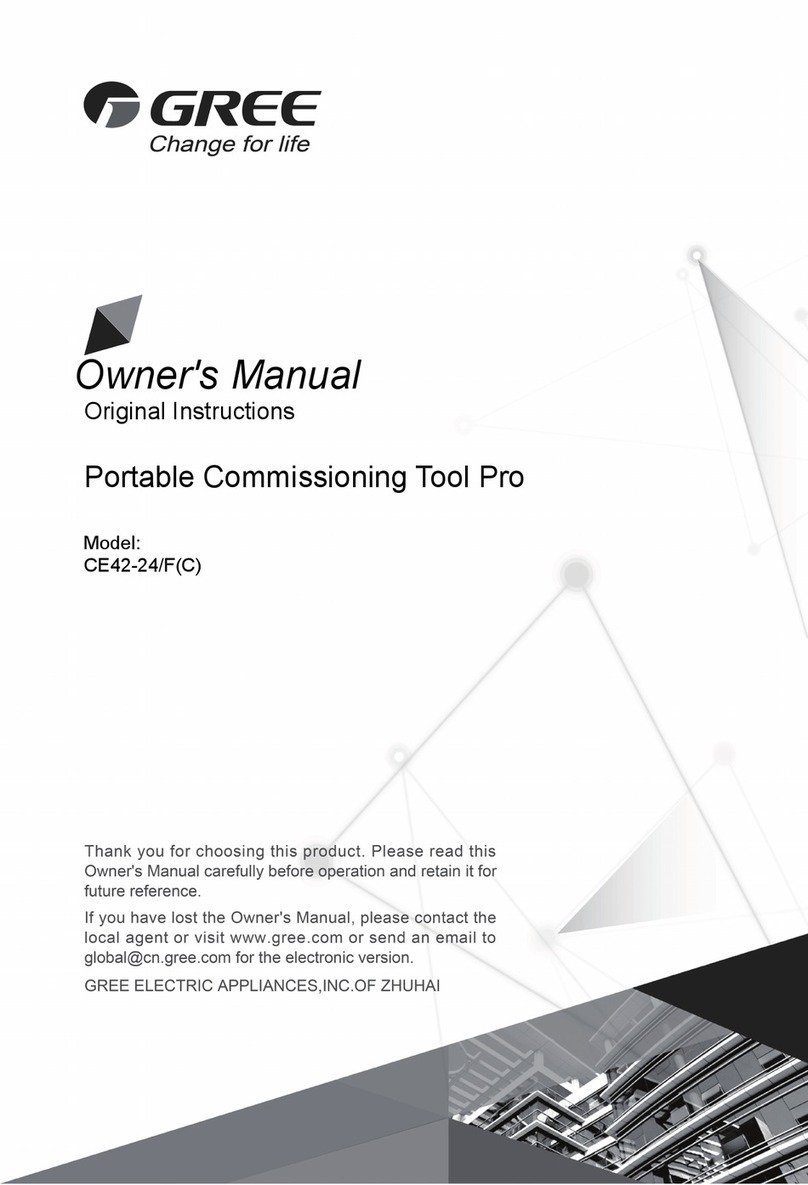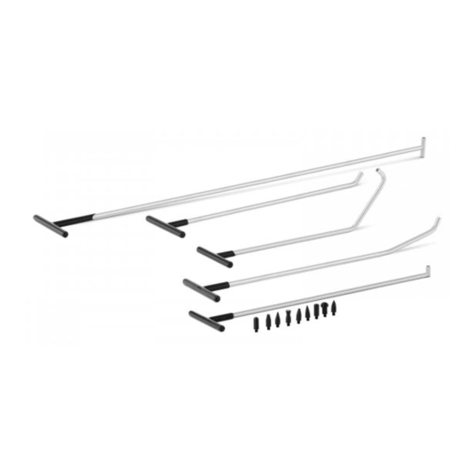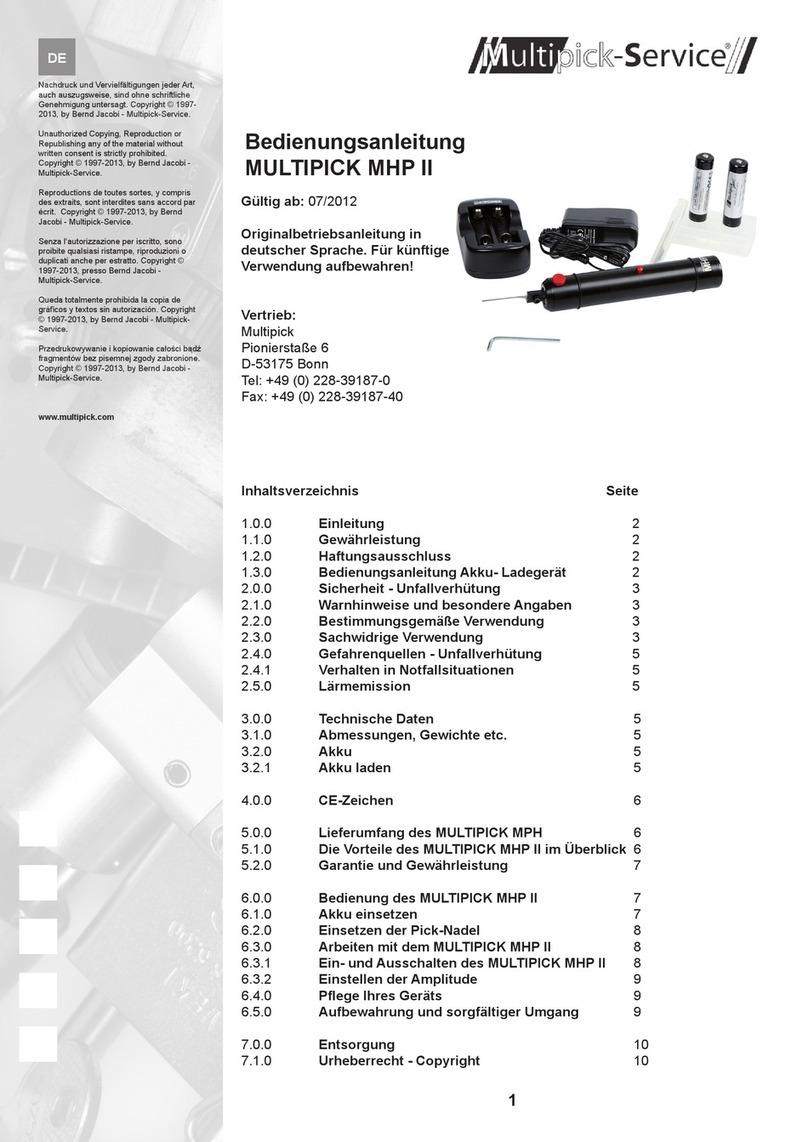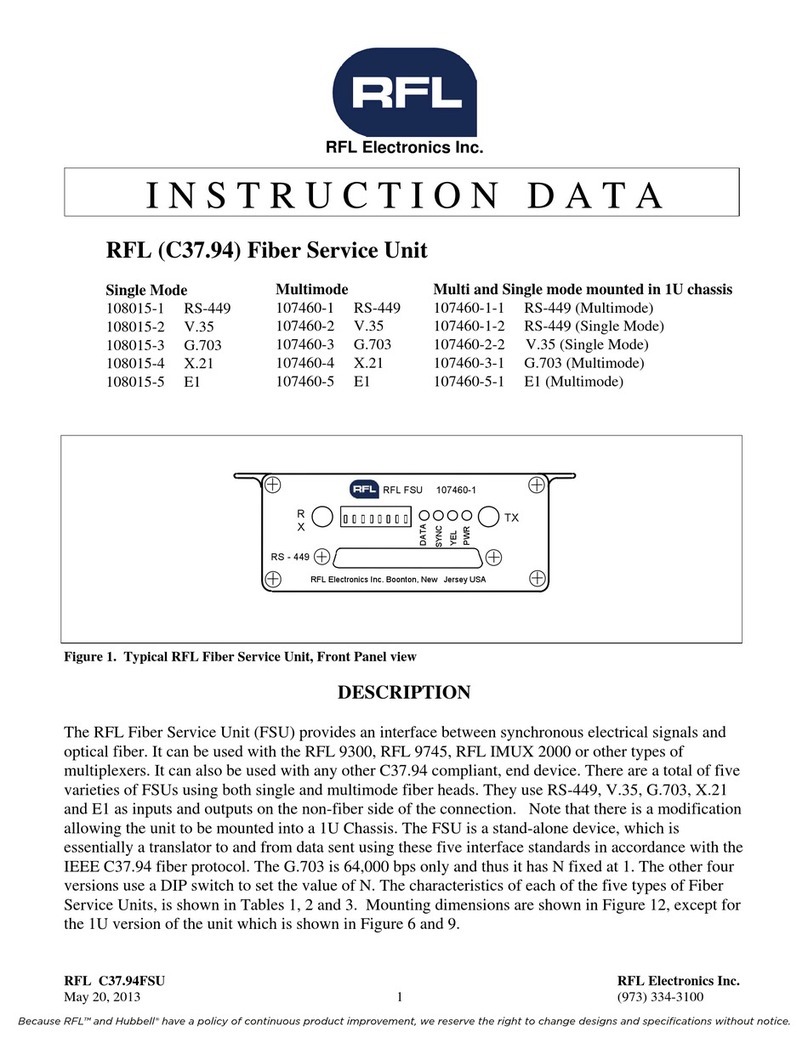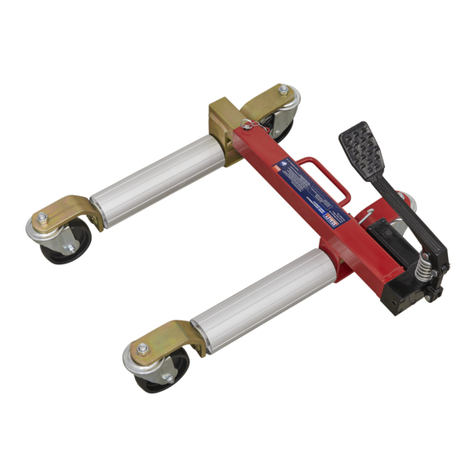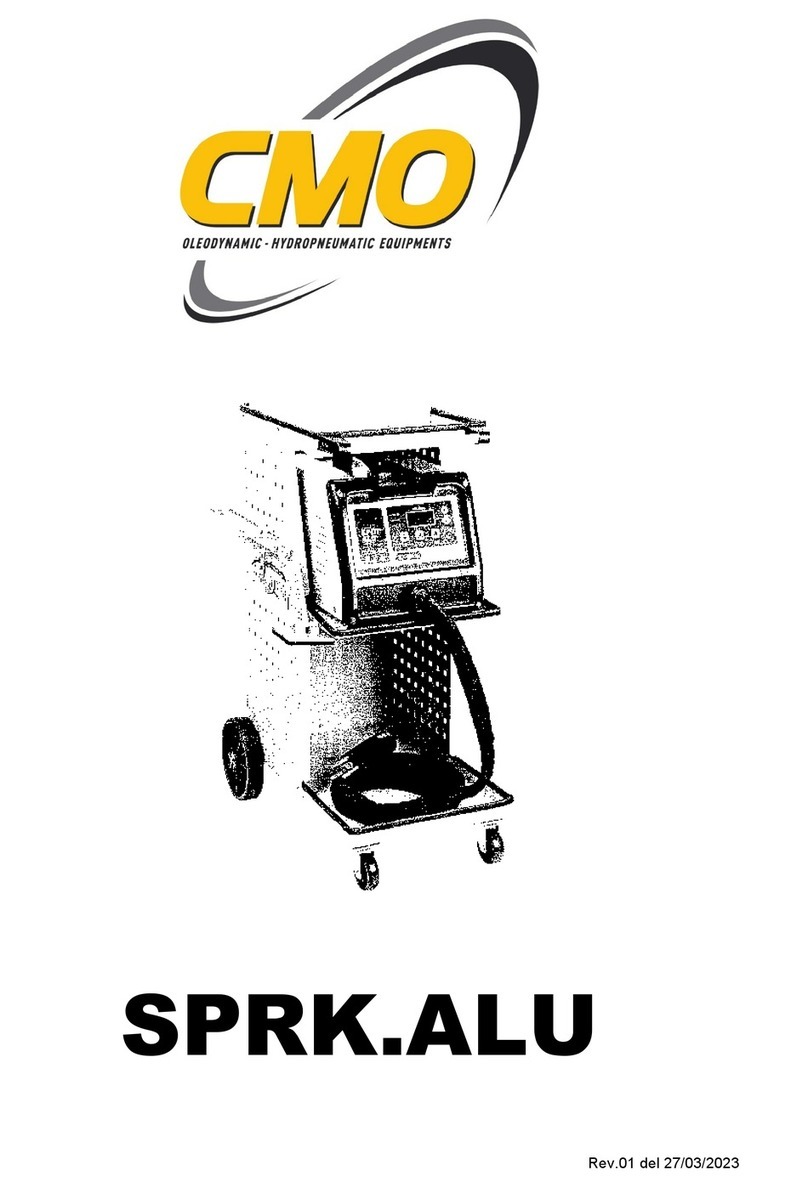
1
1. Introduction
Congratulation on the purchase of your motorcycle wheel balancer. Please read these instructions carefully and observe the
contents at all times to avoid unnecessary damage and hazards. Any use other than or exceeding the purpose described is
regarded as improper.
Johannes J. Matthies GmbH & Co. KG assumes no liability for any ensuing damage or injury. The risk in this regard
is borne solely by the user.
A failure to observe and follow the instructions may lead to injury or damage.
Johannes J. Matthies GmbH & Co. KG assumes no liability for inconveniences, injury, damage and accidents occur-
ring following unauthorised modications to the unit, use of accessories that are not original or unapproved acces-
sories (see list of accessories in these instructions with regard to the original accessories to be used for this unit).
Johannes J. Matthies GmbH & Co. KG assumes no liability for inconveniences, injury, damage and accidents caused
directly or indirectly by unauthorised technical interventions. Unauthorised customer service renders the liability null
and void and nullies any claims of the owner against Johannes J. Matthies GmbH & Co. KG
Conventional symbols:
The following conventional symbols are used to nd the most important information quicker and simplify understanding of
information in these instructions:
<BUTTON> Provides the name of the key/button on the control panel
DISPLAY Indicates text or a number on the display or control panel
Danger! This symbol appears in the case of processes that could lead to injury or damage in the case of
inappropriate action.
Caution! This symbol appears in the case of processes that could lead to the loss of or damage to data
or damage to the unit in the case of inappropriate action.
Please note! This indicates important information highlighted against remaining text.
The system should only be used:
- for proper use
- if it is in a awlessly safe condition
Organisational measures
- The operating instructions must be available at all times at the location of use.
- The operating instructions must be supplemented by the observation of and instruction in generally valid legal and other
binding regulations governing the prevention of accidents and environmental protection.
- Safe working of personnel with awareness of dangers must be checked at least occasionally with regard to observance
of the operating instructions.
- Use personal protective equipment where necessary or prescribed by regulations.
- Maintain all safety and hazard instructions on the system in a legible condition.
- Spare parts must meet the technical requirements determined by the manufacturer. Contact the Matthies Workshop
Service if necessary.
- Observe the prescribed deadlines or deadlines indicated in the operating instructions for recurring audits/inspections.
Maintenance tasks, troubleshooting
Observe the adjustment, maintenance and inspection tasks and inspection deadlines prescribed in the operating inst-
ructions, including information on the replacement of parts/equipment! These tasks should only be realised by qualied
professionals who have participated in special in-house training.
